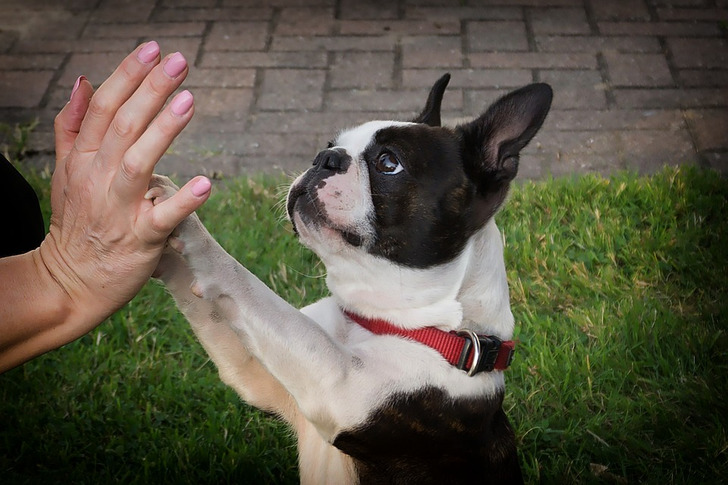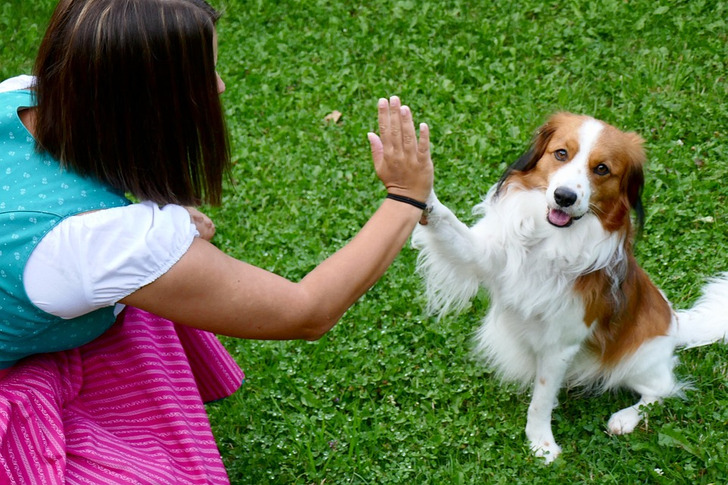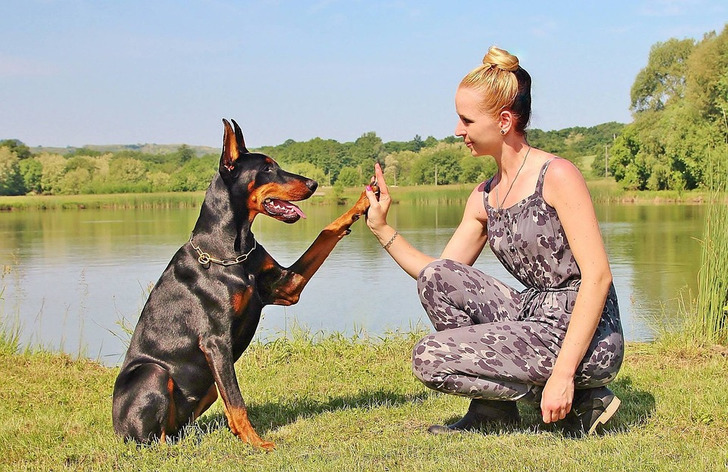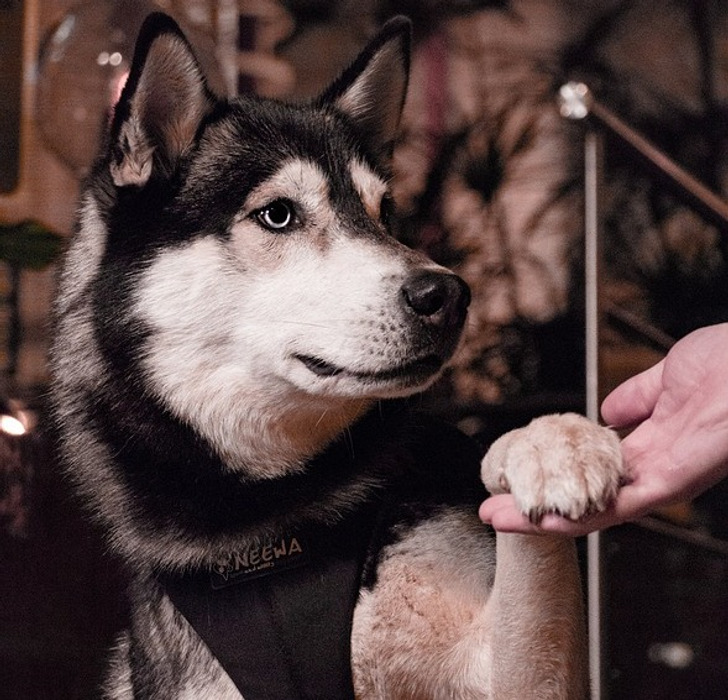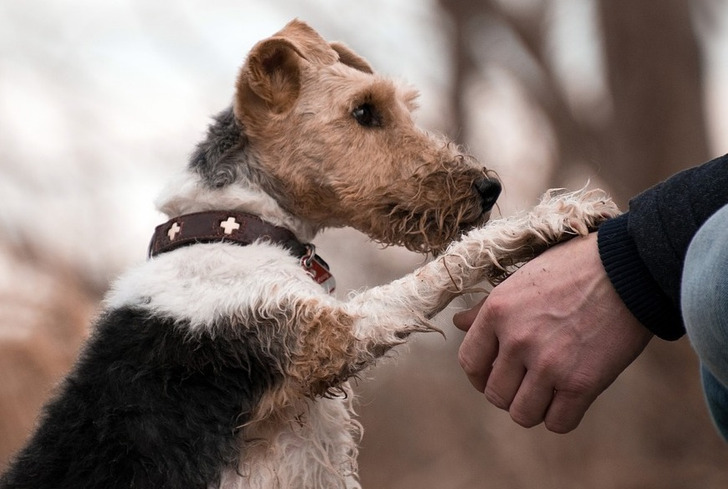l use my left hand to hold chopsticks and right hand for writing since l was young
Dogs Can Be Right-Pawed and Left-Pawed, According to Science
Most people use one hand for most things, usually their right one. About 90% of people are right-handed, while 10%-13% are left-handed. Men are more likely to be left-handed than women, and very few people can use both hands equally well. But as surprising as it may sound, our 4-legged friends can also be lefties or righties, and we have an explanation for you.
As it turns out, we share one more similarity with dogs.
Until recently, it was believed that the concept of “handedness” was exclusive to humans, but recent studies on animals suggest that it may be a common feature among mammals. However, it’s still unclear how this is manifested in animals and whether it’s similar to human handedness.
And yes, they do prefer one paw over the other.
Scientists have conducted various tests to determine if domestic dogs have a preferred right/left paw, similar to human handedness. These tests include tasks such as stabilizing a toy, reaching for food, removing an object from the body, and recording the first step taken to walk downstairs or the paw given to a person upon request.
The results of studies using these tests have shown some variations. However, recent research that analyzed multiple studies concluded that dogs are more likely to prefer using one paw over the other (paw preference) rather than being ambidextrous (able to use both paws equally well) or showing no preference.
Unlike humans, paw preference appears to be roughly evenly split. Therefore, it’s specific to the individual rather than the population.
It’s important to note that studies have shown that paw preference may vary depending on the task given. For example, the “Kong ball” task, where the animal has to stabilize a cone-shaped ball, usually results in roughly equal numbers of left-pawed, right-pawed, and ambidextrous responses.
However, the “giving a paw” task, which involves training and repetition, generates more paw-preferred responses than ambidextrous ones. This suggests that paw preference may be affected by task complexity and training factors.
Paw-preference is different for males and females.
Multiple studies have found significant differences in paw preference among male and female dogs. Female dogs are more likely to use their right paw, while males are more likely to use their left paws. This difference in paw preference between male and female dogs has also been found in other non-human species, such as domestic cats.
Paw preference may also be related to the animal’s emotional state.
Recent studies have shown a correlation between paw preference and emotional reactivity in dogs. The research indicates that left-pawed dogs tend to be more “pessimistic” and are slower to approach an empty food bowl placed in an ambiguous location during a cognitive bias test than right-pawed or ambilateral dogs. Additionally, dogs with weaker paw preferences have been found to react more strongly to the sounds of thunderstorms and fireworks than dogs with stronger paw preferences.
Do you have a puppy? Have you tried to understand whether your dog is a lefty or a righty? We hope this article can help you to find it out. Don’t forget to let us know about your dog in the comments!
Comments
Related Reads
12 People Whose Jobs Come With More Plot Twists Than a Thriller

14 People Who Had Such Embarrassing Situations That They’re Still Blushing

I Refuse to Babysit My 3 Stepchildren for Free

15 Inimitable Children That Speak Better Than Some Adults

Pierce Brosnan’s Wife Stuns People With Her Transformation During Her Latest Appearance

12 People Whose Jobs Have More Twists Than a Reality Show

10+ Stories With Endings More Disturbing Than a Halloween Film

15 True Hotel Stories That Are Too Surreal to Be Real

13 Workplace Dramas That Outdo Any Soap Opera

12 People Who Did the Unthinkable in the Heat of the Moment

My Boyfriend Proposed to Me, but He Suddenly Had a Change of Heart

12 Stories of Strangers Whose Actions Left a Lasting Mark

